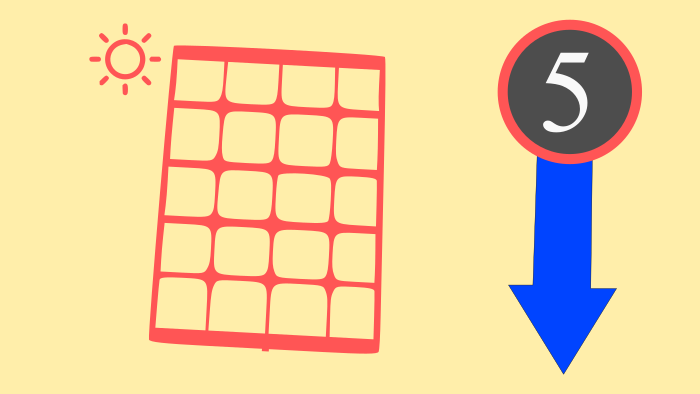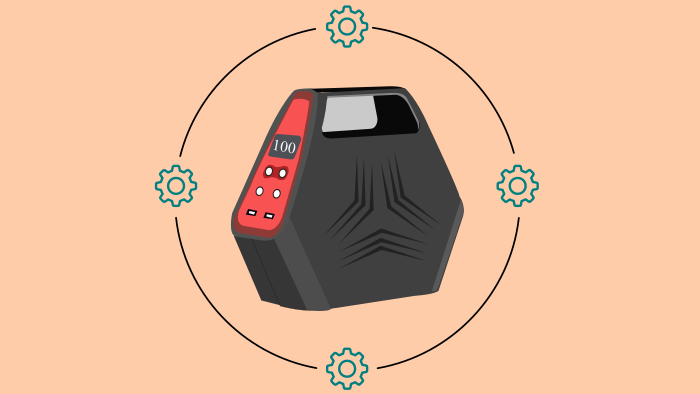
Americans experience power outages twice a year for an average of three hours. A power outage means you will not be able to use modern conveniences such as refrigerators, dryers, televisions, etc.
During a power outage, food spoils if there is no backup power, and you also lose your entertainment devices like musical instruments and televisions, and you cannot charge laptops, phones, or cameras for your office work.
Today’s equipment requires a constant power supply and that is only possible if there is a proper backup solution, whether that is a portable, stand-by generator, power stations, wind farms, or other resources if the main grid fails.
If you decide to use a portable generator as backup power in case of a power outage, you need to take all the necessary precautions to make sure that the generator works safely.
Generator protocol is divided into four categories: Safety protocols before the operation, protocols during the operation, refueling protocols, and storage protocols.
Here are a few things to keep in mind before using your portable generator
Safety Measures Prior to Operation
Where Should the Generator Be Placed?
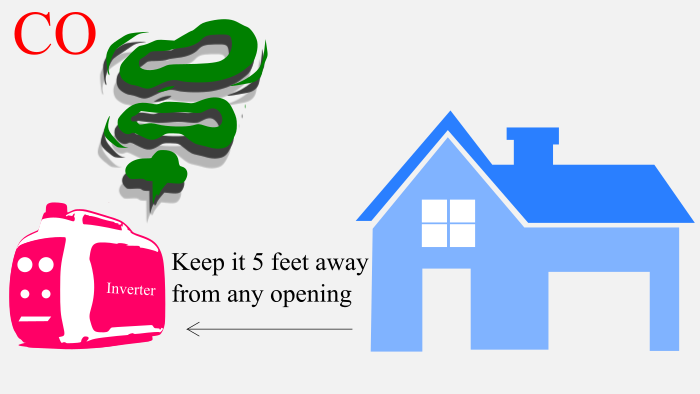
Don’t place portable generators indoors since they emit deadly carbon monoxide gas that is odorless and colorless and can kill humans in minutes. It is also known as the silent killer.
Generators should not be used where there is no exhaust. Generators should be placed at least 20 feet away from your living area in an open area so that fumes can directly enter the air.
Don’t use the generator near your window because the fumes will also get into your room, which can be fatal. Keep the generator in a dry place as well.
Don’t Use In Rain

When the generator is wet, dry it with a proper cloth first. If it is raining, you should not use a generator. You shouldn’t also put water on the generator.
Always Use A Transfer Switch

Install a manual or automatic transfer switch since it has many benefits. Transfer switches are installed inside the house next to the main circuit breaker.
When the grid fails, it provides safe backup power from secondary sources. Transfer switches are used to connect secondary power sources to circuits of the home or office that are wired into the electrical system.
In times of power outages, the switch is designed to accept the full power of a generator, allowing it to run multiple devices simultaneously.
It ensures safe backup power in an outage without having to worry about the utility lines back feeding.
Grounds The Generator
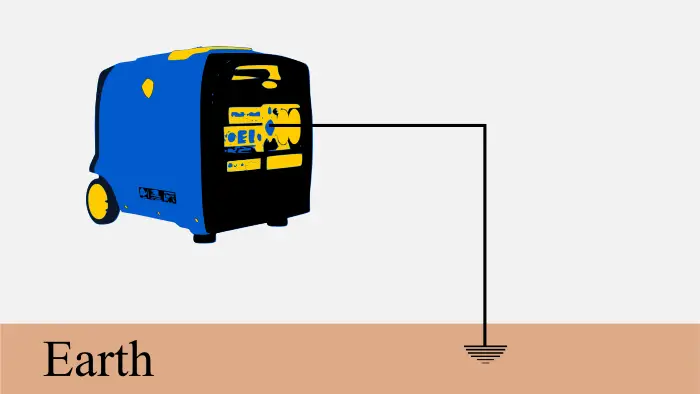
Ensure you ground the generator before operating it, which will prevent you and the equipment connected to the generator from being damaged. This reduces the risk of electrocution.
Make Sure The Oil Is Always At The Right Level

Any engine needs oil to run smoothly, and oil also protects the generator and the connected equipment from damage. The generator must have the right amount of oil and the oil should be recommended by the manufacturer.
In the event that the oil level is below the manufacturer’s recommended level, add the recommended amount of oil immediately.
After The Specific Hour Runtime, Change The Oil

Manufacturers recommend changing the engine oil after a certain number of hours. Check your generator’s runtime from the last time you changed the oil, and if it’s reached that point then you should change the oil. The oil used in the engine is either 5w30 or 10w30, which should be used based on the manufacturer’s recommendation.
Perform A Thorough Inspection

When an engine is operated, wear and tear will occur. Perform a thorough check of the generator by inspecting the pipes, lines, valves, nuts, etc., and replace any items that show wear and tear.
Safety Measures During Operation
In the previous section, we discussed precautions you need to take before you operate the generator, and now let’s look at the steps you should take during operation.
Fill Up the Tank With Fuel
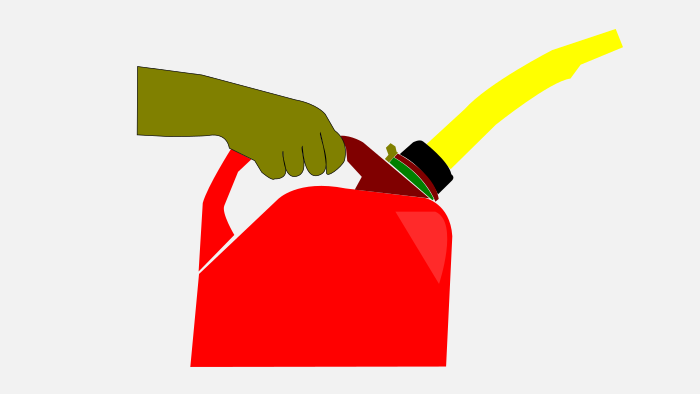
A portable generator can either run on gasoline, propane, or dual fuels. Add gasoline to the tank if you wish to run the generator on gasoline, and attach a propane tank if you wish to run it on propane.
Turn the fuel valve to the on position
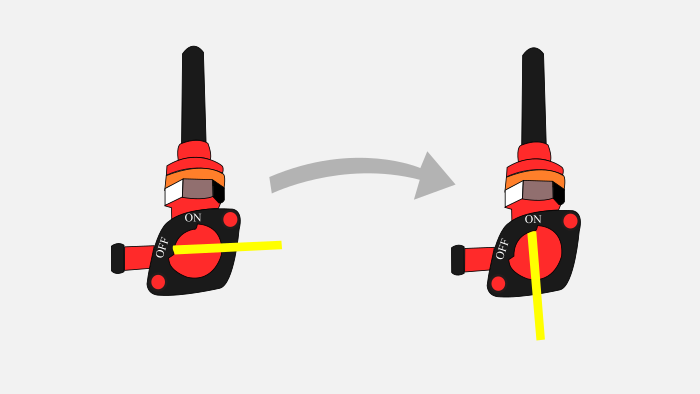
Firstly, move the fuel valve into one position so that fuel can reach the carburetor where it can be burned to start the engine
Put the choke in the on position

Engines require more fuel at first to run properly, so chokes were designed for that purpose. Put the choke in the on position so that extra fuel enters the carburetor and makes it easier for the engine to start.
Ignite The System

Turn the ignition switch with the electric push start or manually recoil the generator. In case the electric ignition does not give fire to start the generator then there is a dead battery.
You should then use the manual recoil method to start the generator, which in most cases comes along with a push-button start or change the battery.
Start the generator and warm it up
In order to use the output power from the generator to operate your appliances, first let the engine warm up, then move the choke to the run position, and now the generator is ready.
You can now switch your home’s load to the generator if you’ve installed a transfer switch and continue using all types of appliances.
Use High Rated Outdoor Cords
You can directly operate your appliances from a generator if you do not have a transfer switch, in which case you need a high-rated outdoor cord and make sure the generator is properly connected to your appliance.
Never use a different amperage cord with a different amperage outlet. Make sure not to overload the receptacles and each receptacle has its own circuit breaker.
If you want to power your appliances with an extension cord, the extension cord should have the same rating as the receptacle.
Maintaining power continuity through refueling
If the fuel tank runs out and you still need power, don’t add fuel while the generator is running.
Take the following steps before refueling
- Remove any load from the generator and turn the ignition switch off.
- Let the generator cool down for about 5-10 minutes. Fuel put in a hot generator could cause a fire, resulting in damage to the generator.
- Once your generator is in a cool position, add the fuel to the fuel tank, and then start the generator again using the same steps as above.
Storage
When power is restored from the grid after a maintenance and restoration process, it’s time to switch back to grid power. Store the generator for the next power outage whenever it occurs.
Burn all fuel in the carburetor
Move the fuel valve from the on position to the off position before shutting down the generator so the generator will consume/burn the gas in the carburetor to prevent clogging and it will start very smoothly the next time you need it.
Remove all loads connected to the generator and if you have a transfer switch, switch from generator to power grid.
Allow the generator to cool down before storing it. When not in use, store the generator in a dry place, and run it every month for a few minutes. This will ensure smooth performance when the next power outage occurs.
Store fuel in the proper container
Fuel should not be stored for long periods of time since it degraded over time and was no longer suitable for the generator. If it is necessary, store it in a container that is recommended.
Final Thoughts
You should take all precautionary measures before you start/run the generator, such as ensuring the oil level is correct, there is no leakage, no wear and tear and you aren’t going to back feed it.
After taking all precautionary measures, it is important to start the generator carefully by following the manufacturer’s directions. Make sure you use the correct extension cord, avoid overloading the receptacle, and use a transfer switch.
If during operation the generator needs to be refilled, remove all load, let the generator cool down, and then refuel.
Shut down the generator when the grid is restored. Store it in an appropriate place and run it a little bit every month to ensure smooth operation of the generator.
